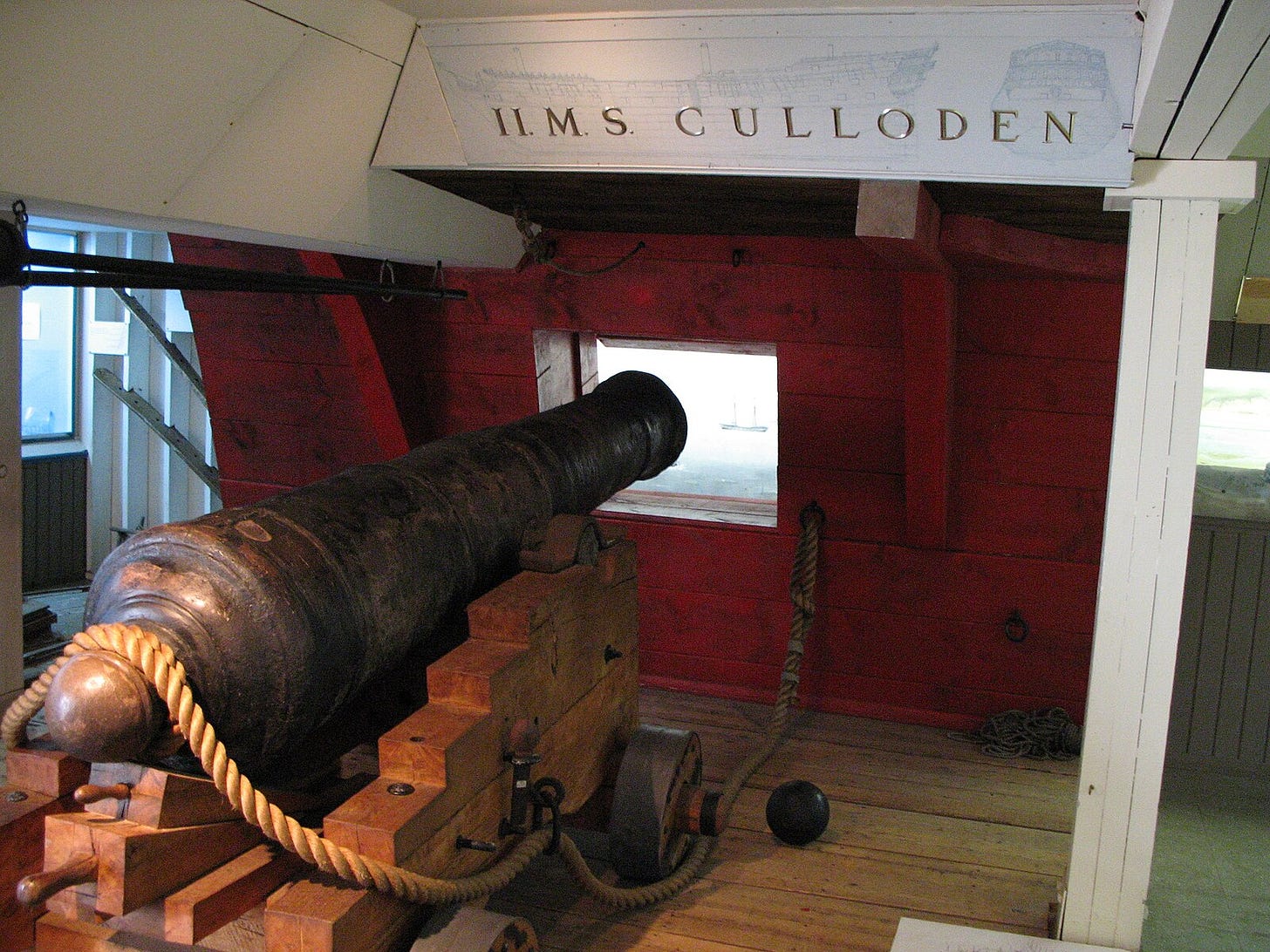East Hampton's Revolutionary War Era
As the dawn of the American Revolution broke, the serene shores of East Hampton, Long Island, became a battleground and a stage for daring feats of patriotism and defiance. Amidst the picturesque landscapes and tranquil waters, a series of events unfolded, shaping the course of history and leaving behind tales of bravery and resilience that echo through the ages.
In the summer of 1775, as tensions simmered between the American colonies and the British Empire, the first whispers of conflict reached the shores of Long Island. Fort Pond Bay at Montauk became a strategic point of interest for the British during the Siege of Boston. John Dayton, facing limited troops, employed a clever tactic known as Dayton's Ruse, creating the illusion of a larger army by manipulating his soldiers' appearances. This cunning deception delayed the British advance, setting the stage for future confrontations.
The following year, the Battle of Long Island saw the fall of East Hampton ports to British blockade. However, the spirit of resistance burned brightly, culminating in the first American victory in New York after the battle. Meigs Raid on Sag Harbor, witnessed Connecticut continentals raiding British positions, inflicting significant damage without losing a single soldier. Among the heroes of this raid is Isaac Van Scoy, whose brave stand against British forces is etched into local lore.
The conflict also left its mark on Gardiners Island, which served as a hunting preserve for the British. The manor house, completed just before the outbreak of war, hosted notable figures such as Henry Clinton and John André. The island's history intertwines with that of Major André, who met his fate after being caught spying alongside Benedict Arnold. These events underscore the island's pivotal role in the Revolutionary War saga.
The waters of East Hampton bore witness to further naval engagements, with the British fleet using them for blockade and strategic planning. The ill-fated HMS Culloden, grounded during a winter storm in 1781, now rests beneath the waves, a poignant reminder of the conflict's toll. Today, remnants of the ship serve as a testament to the region's rich maritime heritage.
As the dust settled and the war drew to a close, East Hampton saw its landscape transformed. Gardiners Island, once an independent colony, was officially incorporated into New York, marking the end of an era. Meanwhile, the vision of a young nation took shape, symbolized by George Washington's authorization of the Montauk Point Lighthouse, standing as a beacon of hope and progress.
As we stroll through the streets of modern-day East Hampton, let us pause to reflect on the sacrifices and struggles of those who came before us. Their stories, woven into the fabric of this historic town, serve as a reminder of the enduring spirit of freedom and resilience that defines us as Americans. In preserving these tales, we honor the legacy of our forebears and ensure that their courage and determination are never forgotten.




